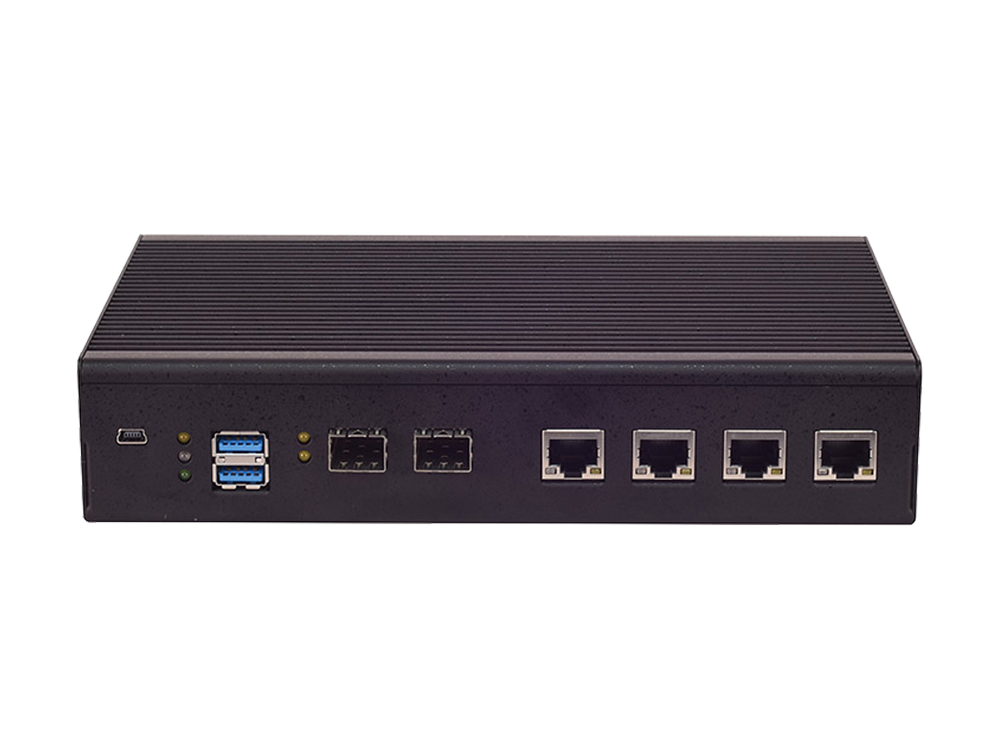Background
Telehealth has been on the momentum in the healthcare sector and the related technologies have attracted increased attentions. According to survey data from renowned health research institutions, there were nearly 7 million people who experienced telehealth technology in 2016, and the number is still on the rise. It is believed that telehealth can improve clinical benefits, particular for individuals with chronic conditions, disability or residence in remote areas.
To establish telehealth, telecommunication hardware and virtualization technology are key to the success. The reason is the heavy use of video conferencing. Patients may access to the Apps provided by the care-giving health institution and reach the medical professional to discuss and review related health conditions in real-time. Imagine if 2 or 3 video conferences are being conducted at the same time, latency will be an issue and therefore network virtualization is critical.
Requirements
A leading manufacturer and provider of biomedical laboratory instruments in North America cooperated with Lanner to develop a remote service gateway to conduct remote patient monitoring and telehealth. The hardware solution is designed with the following functionality:
Secure Protocol – Medical data is highly sensitive and confidential. Since the remote service gateway is dedicated in collecting and forwarding health reports from measuring instruments to the cloud of a healthcare institution, security measures for the protocols like VPN and identification authentication must be implemented in the system to secure the protocol. In fact, VPN enables secured, authenticated access from an outside tunnel.
AES-NI – As mentioned earlier, patient data is extremely confidential and sensitive. Therefore, cryptographic encryption is required for the remote service gateway. In this case, AES-128 (Advanced Encryption Standard) is implemented and data is transferred to the Internet through SSL authentication.
Quality of Service (QoS) – Communication availability is key to quality of service and it has to remain stable during video conferencing and other telehealth actions.
Crypto engine – The crypto engine in the remote service gateway offers encrypted interface connecting i multiple instruments simultaneously with minimal impact to customers’ IT systems.
Firewall-friendly technology - the remote service gateway has to be firewall-friendly to secure the data transfer from the user end to the cloud server. In other words, it has to work in harmony with existing firewalls.

Lanner Solution
In this collaboration, Lanner featured NCA-1510, a small form factor network appliance, customized and integrated into a managed medical service. NCA-1510 functions as the remote service gateway with fanless thermal design to run in Linux operating system. For reliability, NCA-1510 is optimal with a SSD (solid-state drive) as storage. NCA-1510 also provides multiple Ethernet ports. It has multiple Ethernet ports for each connected instrument in order to function as the gateway of all the generated data from the user-end. As a remote service gateway, all the software updates and maintenance will be conducted remotely.
For more technical information about Lanner’s NCA-1510, it is a valued secure gateway featuring Intel® Atom™ processor 2~8 Cores C3758/C3558/C3308 CPU, 4x RJ45, 2x SFP or 2x RJ45 (By SKU), 1 Pair of Gen3 Bypass (By SKU), 1x Onboard EMMC 8GB memory, Intel® AES-NI and Intel® QuickAssist. This hardware solution meets Zero-Provisioning and end-to-end demands to shorten the deployment time.
Related Articles
- SD-WAN Revolutionizes Healthcare Network
- Implementing SD-WAN for Streamlining Healthcare Network Communications







